Sept 7—Today was our first full and true safari day of the Botswana workshop, so let me take you through the various parts of the day.
At 5:30 am our tent stewards (yes, everyone has their own tent steward, who also cleans your tent and does your laundry) brought everyone fresh washing water and greeting us with a human and very friendly wake up call. Upon arising, a continental breakfast awaited us around the camp fire. Once powered up with coffee, tea, and whatever else got people going, it was time to load the vehicles.
By 6:20 we had left camp.
At 6:21 we stopped to photograph lions.
Yes, it was going to be that kind of day.
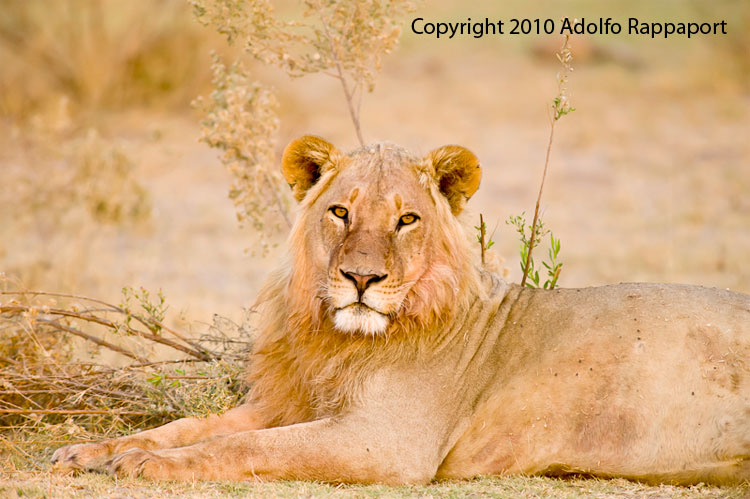
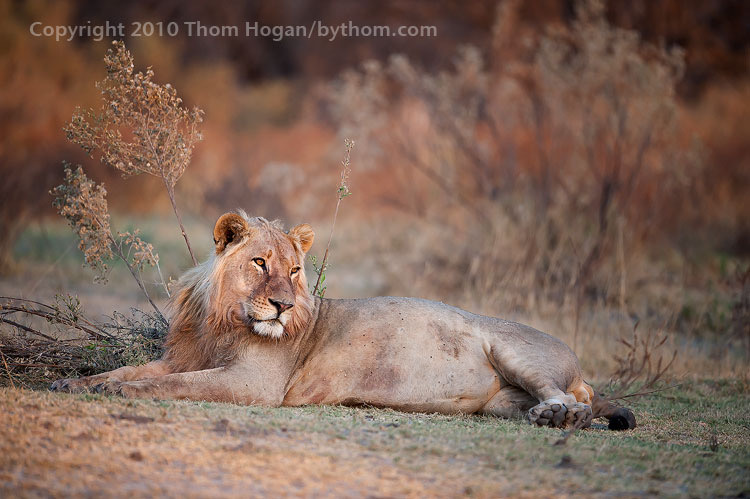
Once we all got tired of the lions, the four vehicles went separate ways looking for more game. Judging by the radio communication, everyone had a very successful morning. Of course, part of any successful game drive morning is a mid-drive stop for tea, which we all did together at a hippo pond. (Yes, we're on the British schedule here. The extended British schedule, with five or six food and tea servings a day.)
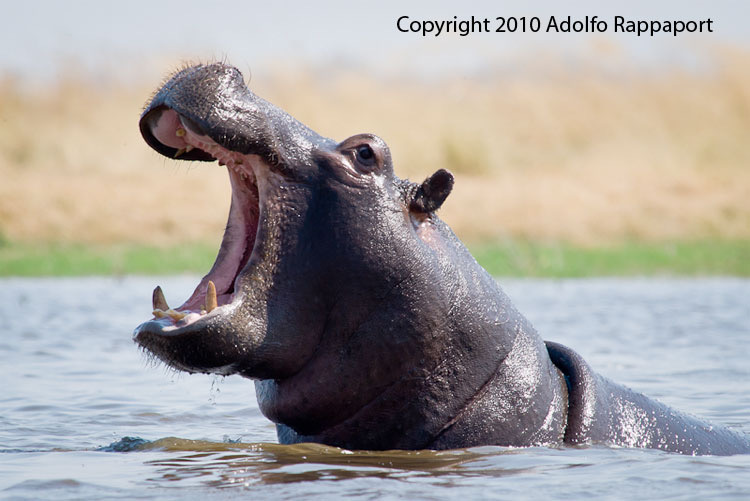
By 11am we were all back at camp and it was time for brunch/lunch. Our chef seems to manage to make a wide range of interesting salads and hot dishes, and they're all good. You wouldn't think that we were in the middle of nowhere living in tents by the food we're consuming. For those that know me, I'm told that Adam loaded six cases of Coke Light (what they call Diet Coke here) on the truck for just the first part of the trip. So no worries, I'm fully fueled.
We're in camp from 11am until 3pm, at which time it's more tea and pastries--how did those British ever conquer so much of the world if they were always stopping for tea?-- before getting back into the vehicles and resuming game drive mode. Again we sent all the vehicles different directions. (For those that are curious, Tony and I move between vehicles each day, so that all the paying clients have one of us in their vehicle about half the time. Because we're the migrant ones, Tony and I tend to get the worst seat in the vehicle, which is usually next to the driver. But it does have one benefit: we're shooting down low. That's balanced against all the drawbacks, including that it usually is blocked from shooting to about an area of about 45° and it has far less room for equipment and personal items than the rows behind us. Since we position the vehicles for the workshop students, Tony and I sometimes find ourselves without a shot. But most of the time we find positions where all of us can shoot successfully. With only three photographers per vehicle there's generally enough room for everyone to find an angle they like.)
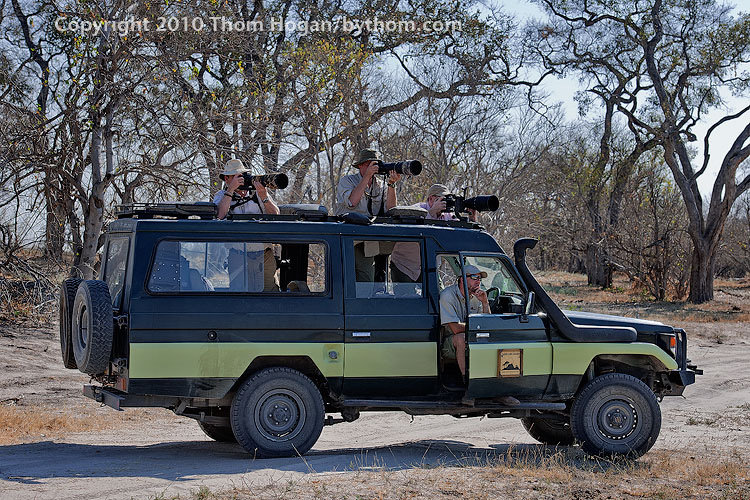
The afternoon drive netted each group something a little different. My vehicle got lucky with a large herd of elephants (34 by my count). We were able to follow them from out of the Mophane woods over to a wallowing hole, down the grass and into the water, then back into the woods at the end. The matriarch and the dominant bull both tolerated us completely, which meant that we were able to position the vehicle multiple times as we tried to get the right angle for all the different shots the herd gave us. Meanwhile, on the radio I could hear that another two vehicles were doing the same thing with a group of hippos and eventually some buffalo. I'm not sure what the fourth vehicle did most of the afternoon, but they seemed happy with what they were doing and mostly stayed in radio contact only to let us know they were still out there.
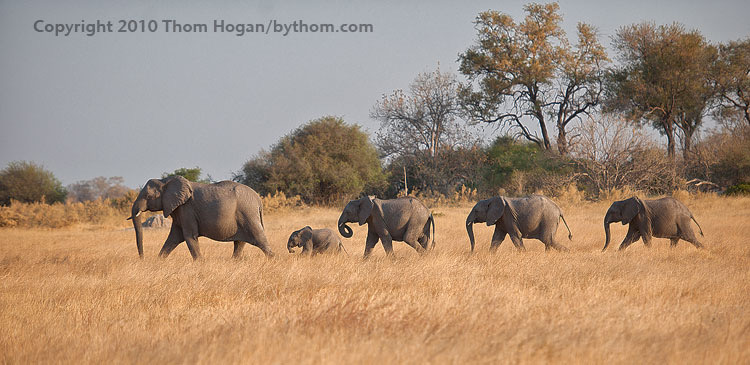
I've got a lot of variations on this, as do the students who were in my vehicle. None are what I'd call perfect. Note that my low angle made it difficult for me to isolate the elephants from the horizon. Also, look closely at the trunk positions. I've got some where the baby is holding mom's tail, but the other trunk positions aren't so great, I've got some where the trunk positions are 100% in sync but the legs are too static (doesn't look like they're walking). Wildlife photography is tricky. And it gets trickier the more animals you have in a shot. One animal, not too tricky. Five animals moving, very tricky.
Towards sunset, we tried to get all the vehicles back together for a sundowner (another drink and snack). Herding vehicles of photographers who are satisfied with what they're currently shooting to a single rendezvous point is like herding cats. Several of us had a few diversions before we finally reached the agreed upon place, known as Old Camp 14. But it took us so long it was literally a sunalreadydowner. We arrived. We shot the remains of sunset. We drank. We drove back to camp in the dark.
Technically, in Moremi you're not supposed to go "off road" or drive after dark. It's actually difficult to avoid both those things. This year, the "roads" aren't always passable, so new "roads" have appeared. We generally don't try to go straight overland, but sometimes we don't have a lot of choice in the matter. And we often do go a bit off road to position vehicles on animals. Likewise, it's difficult to time game drives to actually arrive back to camp before dark. If you get stuck on a great sighting far from the camp, you obviously don't want to abandon that too early. The reason you do game drives at the edges of the day, after all, is because that's when the animals are most active.
So yes, we probably are slightly over the line of the law, but we try to stay within the spirit of the place and not contribute to degradation of the area. When you see pictures of the delta from the air you realize that it would take one heck of a lot of off-roading to even approach the path making that the big animals are creating through the terrain. Indeed, many of the "roads" started out as game tracks.
During the entire day we saw exactly one other vehicle besides ours, yet we covered a pretty large area. Degradation due to a few excursions off the double-track isn't a high impact thing here. (Yes, it can be if you do it in the wrong place, but we're very careful about where we're putting the vehicle. Also, unlike in the South African reserves, we never drive over vegetation.) But I'll show both what our vehicles and the animals are doing in more detail later in this blog.
Since we're back in camp after dark, it's usually a quick hot shower (yes, hot), then on to more British style drinking (pre-dinner drinks). Then it's dinner, a bit of campfire talk, then bed.
If you add it all up, we're up for 18 hours a day, consume "tea" seven times a day, and have three pretty full meals and three small snacks. What we have little of in a safari day is sleep.
